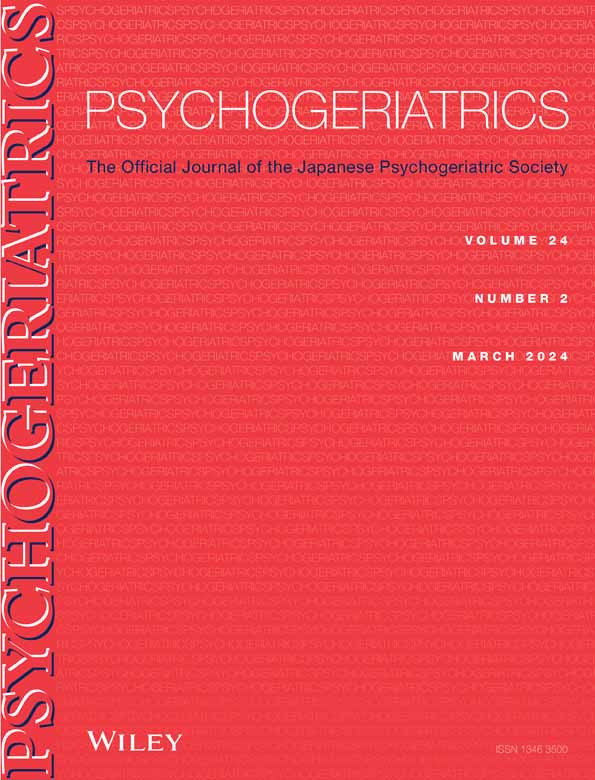Clinical study on low-frequency repetitive transcranial magnetic stimulation for the treatment of walking dysfunction following stroke through three-dimensional gait analysis
Abstract
Background
The recovery of walking capacity is of great significance in stroke rehabilitation. We evaluated changes in post-stroke gait function after low-frequency repetitive transcranial magnetic stimulation (LF-rTMS) treatment.
Methods
Stroke patients were randomly assigned to control (conventional treatment)/LF-rTMS (LF-rTMS treatment based on conventional treatment) groups. Gait spatiotemporal parameters/affected side joint motion angle/affected side dynamic parameters were analyzed by 3D gait analyses. Motor evoked potential (MEP)/central motor conduction time (CMCT) changes were detected. Correlations between MEP latency/CMCT and gait parameters after LF-rTMS were analyzed by Pearson analysis.
Results
The two groups exhibited boosted stride speed/frequency/length, affected side stride length/swing phase percentage/hip/knee/ankle joint plantar flexion angle, and affected side ahead ground reaction force/ upward ground reaction force (AGRF/UGRF)/ankle joint plantar flexion moment, along with reduced affected side gait period/stance phase percentage after treatment, and the LF-rTMS group manifested better efficacy. MEP latency/CMCT of stroke patients treated with LF-rTMS was adversely linked to stride speed, affected side stride length/swing phase percentage/knee flexion angle, AGRF and UGRF, and positively correlated with affected side stance phase percentage.
Conclusion
LF-rTMS significantly improved gait spatiotemporal parameters/affected joint motion angles/neurophysiologic parameters (MEP latency/CMCT) in patients with post-stroke walking dysfunction. MEP latency/CMCT after LF-rTMS treatment were prominently correlated with gait parameters. Relative to the traditional scale assessment, we provided a more accurate, objective and reliable evaluation of the effects of LF-rTMS on lower limb mobility and functional recovery effects in stroke patients from the perspective of 3D gait analysis and neurophysiology, which provided more evidence to support the clinical application of LF-rTMS in post-stroke walking dysfunction treatment.
Open Research
DATA AVAILABILITY STATEMENT
The data that support the findings of this study are available from the corresponding author upon reasonable request.




